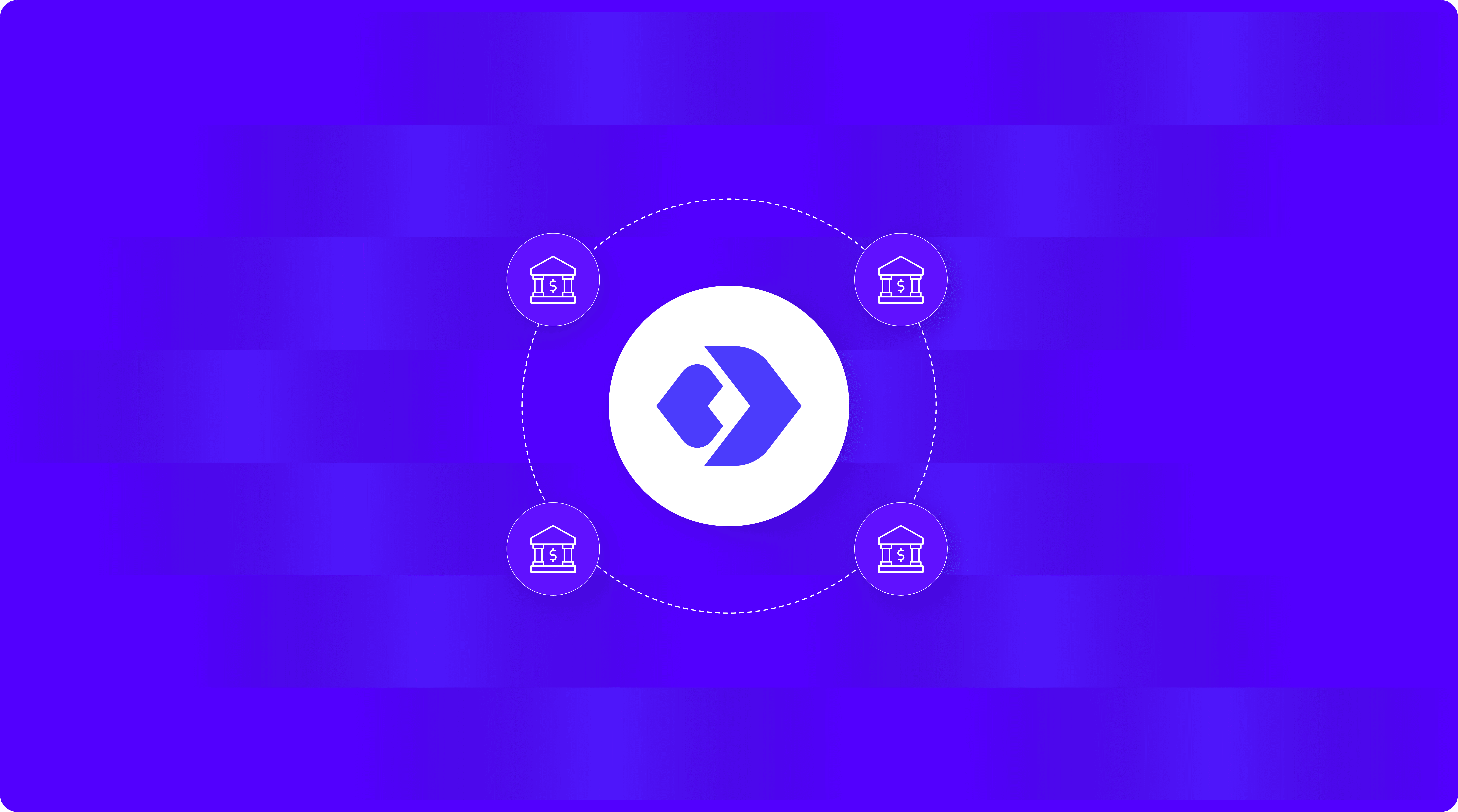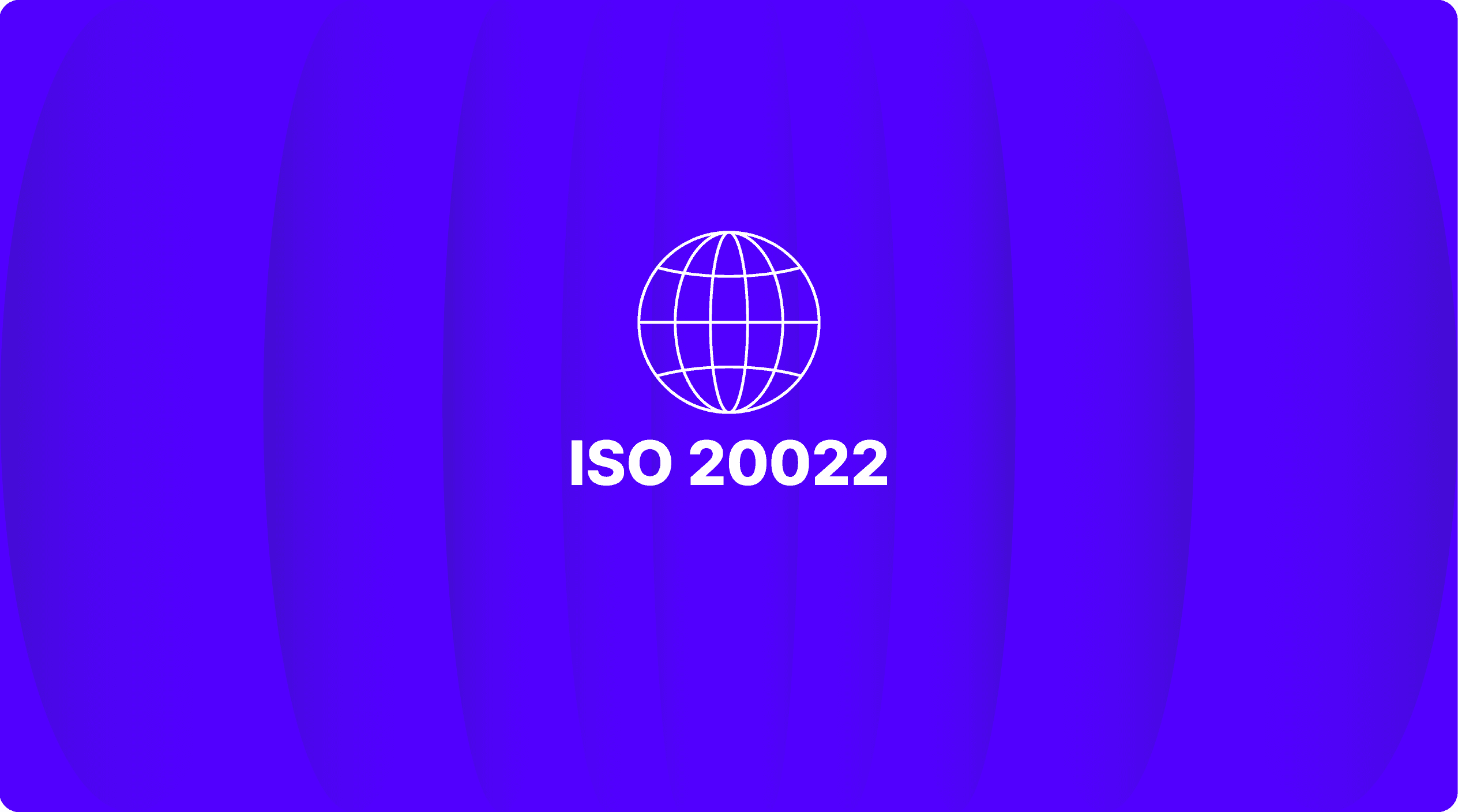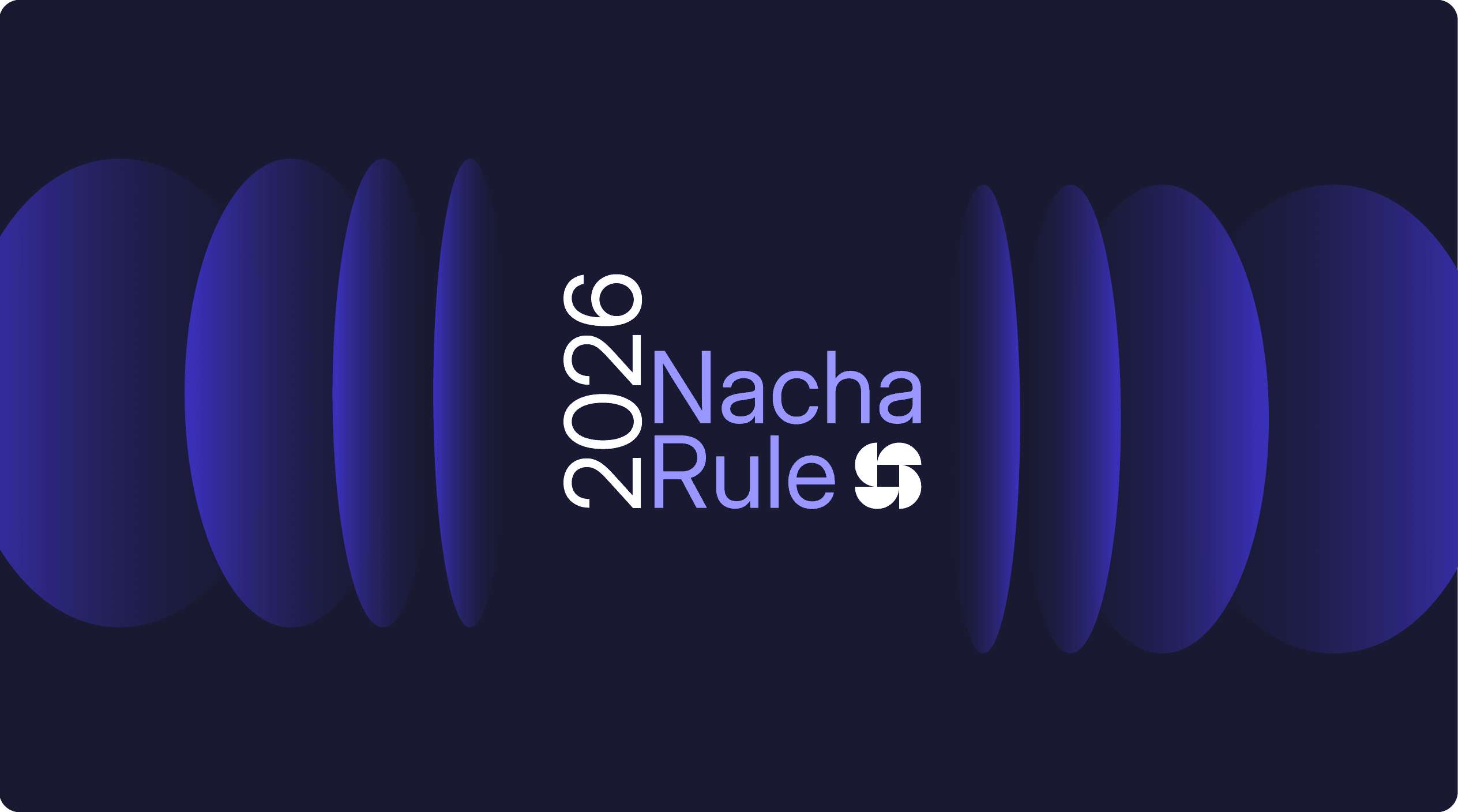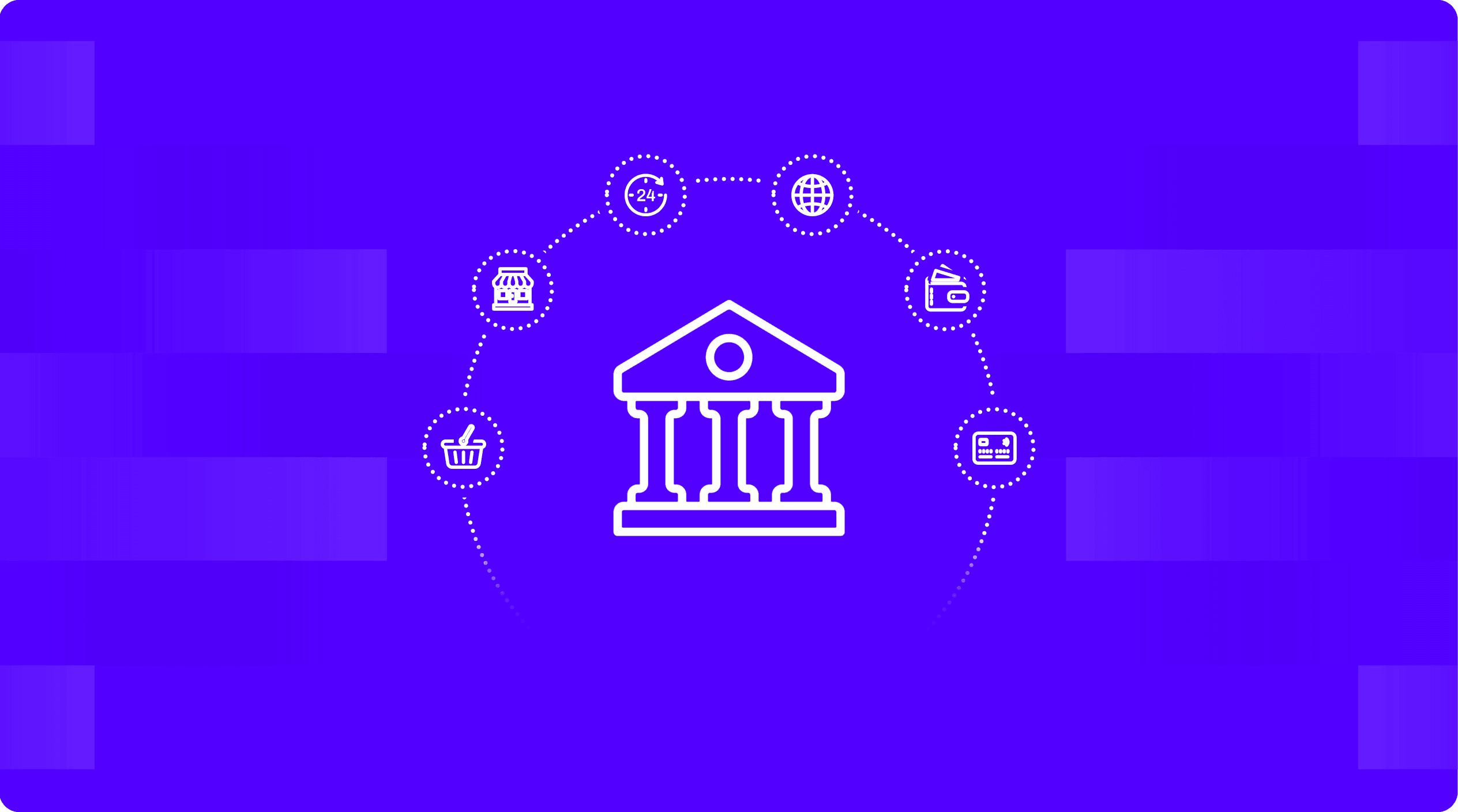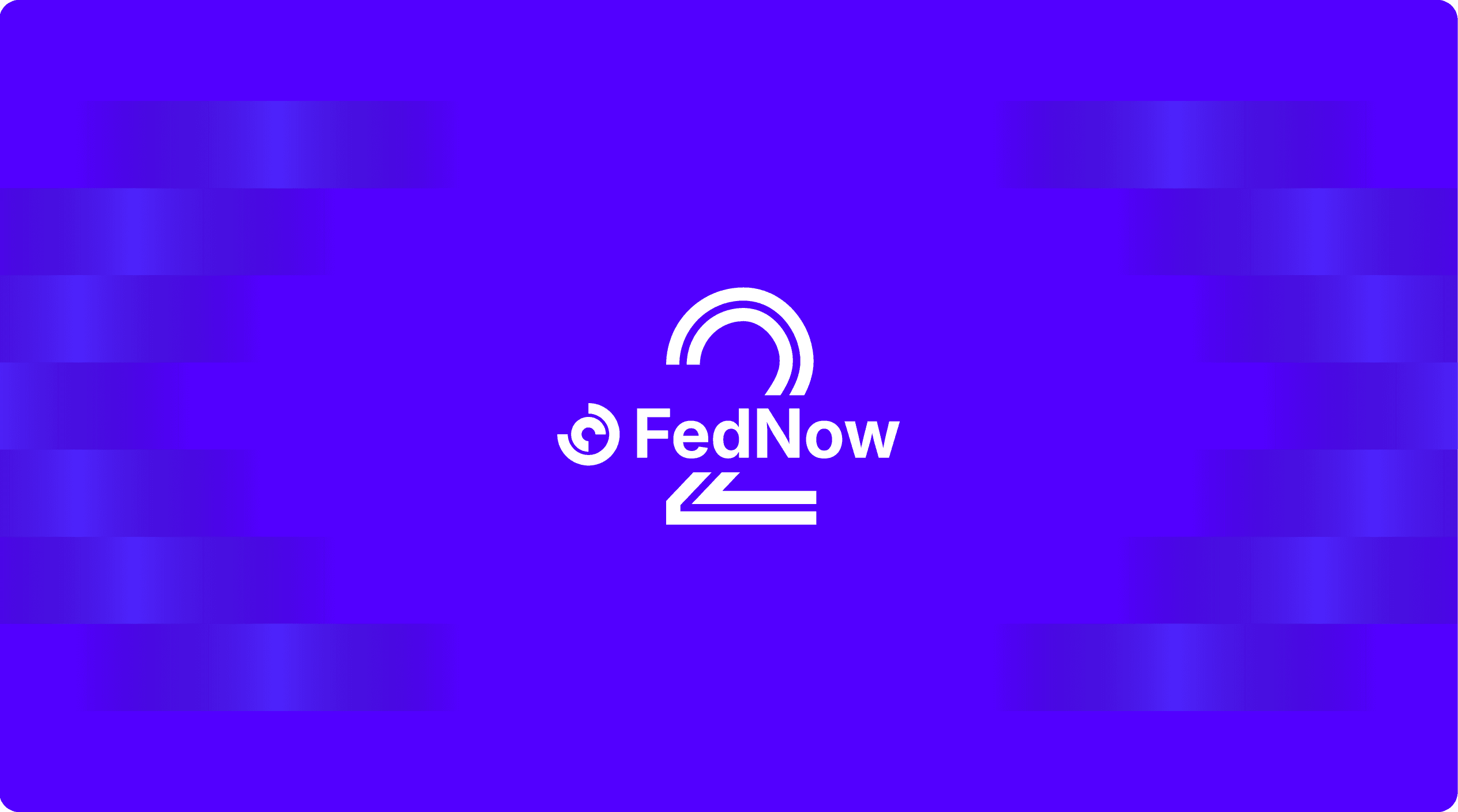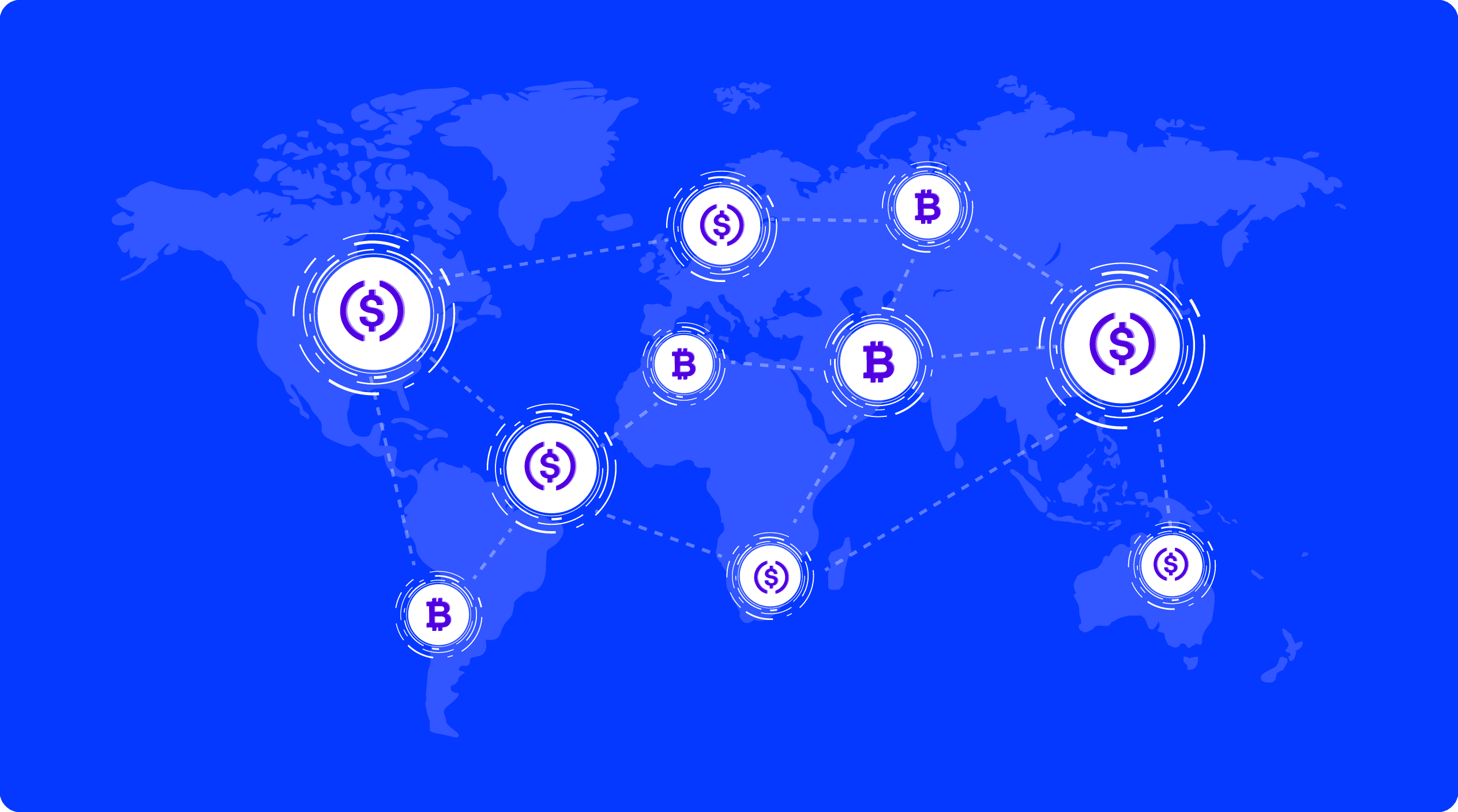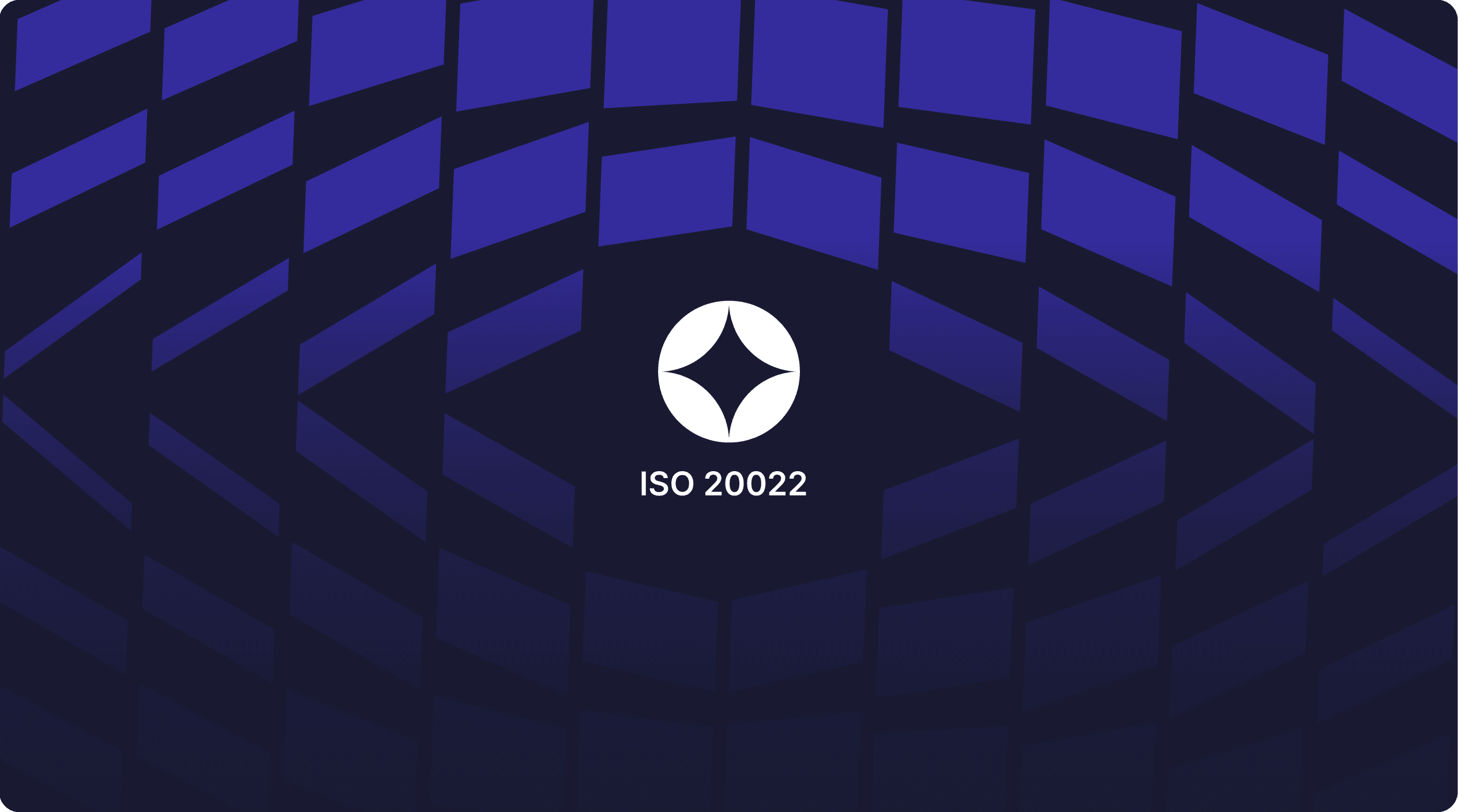SWIFT’s ISO 20022 Deadline: The Real Rewiring of Global Banking
November 22, 2025, will be remembered as more than a SWIFT deadline. It’s the day global banking’s plumbing finally starts speaking a common language — not just for payments, but for every system that moves money and meaning.
This isn’t just about file formats. It’s about translating intent — the “why” behind every payment — across the financial ecosystem.
The shift beneath the surface
Calling ISO 20022 a “richer data standard” misses the point. It’s the start of semantic interoperability — where a treasury system in New York, a trade finance engine in Singapore, and an FX platform in Frankfurt all interpret transactions the same way.
Under MT messages, context was lost. You knew what was paid, but not why. ISO 20022 embeds that context - purpose codes, invoice data, remittance details, directly into structured fields.
That single change redefines how systems talk to each other:
- FX desks can auto-match and settle cross-currency transactions with fewer breaks.
- Trade platforms can align letters of credit, shipment data, and payments on one thread.
- Treasury teams can forecast liquidity based on transaction intent, not just balance flow.
- Risk and compliance systems can screen with precision — reducing false positives while accelerating throughput.
Simply said, it is an operational rewiring.
The real scope: Beyond payments
Once the coexistence window closes, ISO 20022 won’t stop at payments. It will ripple through:
- FX and Treasury Platforms – parsing structured ISO data to support dynamic hedging and rate applications.
- Cross-Border Hubs – requiring native ISO handling to preserve full visibility.
- Trade Finance Systems – leveraging enriched references for end-to-end traceability.
- Liquidity and Cash Management – optimizing positions with real-time, purpose-rich data.
- Analytics Engines – finally analyzing intent, not just value and volume.
This standard touches every layer of the banking stack — horizontally across rails and vertically through systems.
How banks are responding
The smart ones aren’t “migrating.” They’re simplifying.
They’re using ISO 20022 as a forcing function to collapse fragmented payment architectures — from Fedwire and CHIPS to SWIFT and RTP — into a single, rail-agnostic core.
That means no more separate systems for each rail. Just one platform that understands every message type and processes them natively, powered by APIs and structured data.
The outcome? Agility. The freedom to launch new services, rails, or currencies without ripping and replacing infrastructure.
It’s a fundamental redefinition: payments as a data service — not a back-office process.
How vendors are stepping up
The transition isn’t happening in a vacuum. Vendors are stepping up — not just to deliver compliance, but to keep banks evolving through continuous updates, interoperability testing, and readiness validation.
Finzly recently announced that its bank customers are already operationally ready to process MX messages, well ahead of SWIFT’s November 2025 deadline. That readiness reflects more than technical compliance — it signals that banks are positioned to leverage structured payments data strategically, rather than reactively.
We appreciate the Finzly team’s professionalism and dedication. Together, we now have the infrastructure and operational readiness to maximize the value of structured payments data for our clients.
It’s a reminder that success isn’t just about technology — it’s about partnership. The vendors who help banks adapt continuously — not just “go live” — will define the next generation of financial infrastructure.
The quiet deadline that matters more
SWIFT’s November 2025 cutoff may be the headline, but the real milestone is internal.
When banks start treating payments as data — not transactions — they move from compliance to competitive advantage.
Those that stay stuck in “format migration” mode will remain compatible, but not competitive. The rest will build on structured data to drive new insights, faster reconciliations, and better customer experiences.
The SWIFT deadline is certainly banking’s convergence moment. Domestic and international rails are aligning. Payment, FX, and trade data are starting to speak one language.
And that means something profound: a shared foundation for the world’s money movement — where a single message can trigger a chain of connected financial events across borders, systems, and currencies.
The banks that build for this world now won’t just be ISO 20022-ready. They’ll be future-ready, full stop.
Learn how Finzly is helping banks move beyond ISO 20022 compliance toward real-time, data-driven innovation — connect with our payments specialists to know more.
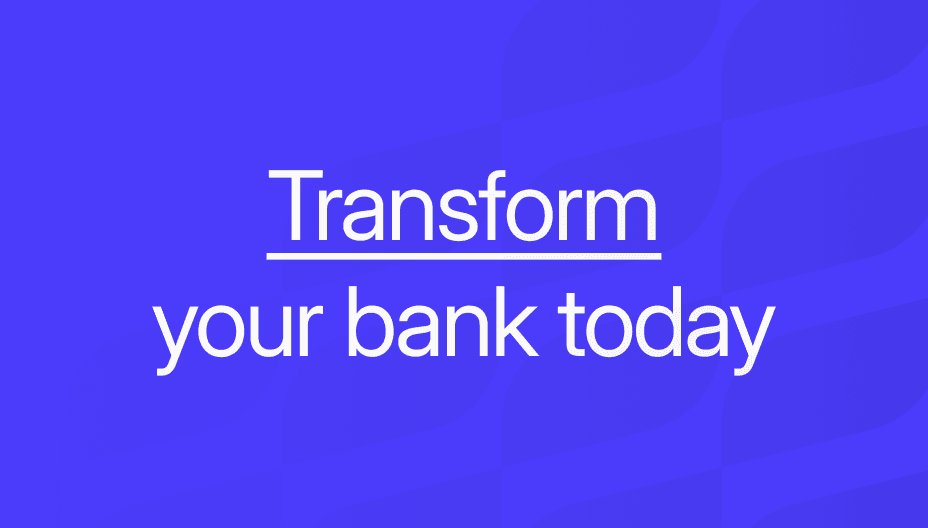
Get the monthly newsletter
Get the Finzly edge through our insights
